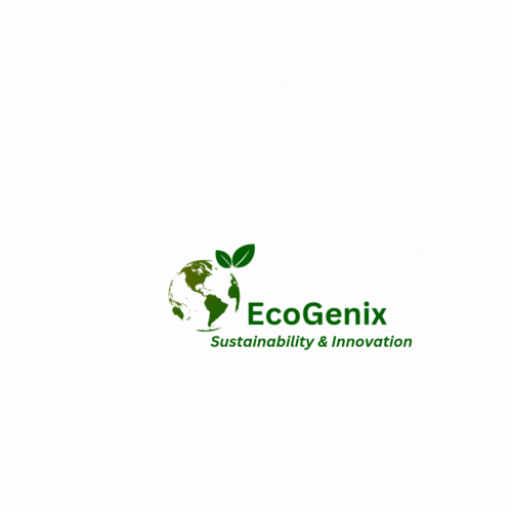Introduction:
The United Nations Sustainable Development Goal 1 (SDG 1) aims to eradicate poverty in all its forms and dimensions by 2030. Poverty is a complex and multifaceted issue that requires a comprehensive approach, including sustainable practices, building resilience, and reversing the long-term impacts of hunger. This article explores the strategies and actions needed to achieve SDG 1, ensuring a more equitable and prosperous future for all.
Understanding Poverty:
Poverty encompasses more than just the lack of income or material resources. It also involves limited access to education, healthcare, clean water, sanitation, and basic infrastructure. To address poverty comprehensively, it is crucial to tackle the root causes and interrelated factors that perpetuate its existence.
Sustainable Development Practices:
Implementing sustainable development practices is vital for achieving SDG 1. These practices focus on economic, social, and environmental dimensions to ensure a balance between human needs and the planet’s resources. Key strategies include:
a. Promoting Inclusive Economic Growth: Encouraging investment in sectors that create employment opportunities, especially for marginalized communities, can help alleviate poverty. Developing entrepreneurial ecosystems, supporting small and medium-sized enterprises, and investing in vocational training are essential.
b. Ensuring Universal Access to Quality Education: Education is a powerful tool to break the cycle of poverty. Governments should prioritize free and accessible education, particularly for disadvantaged groups. Integrating technology and vocational training into curricula can enhance skill development for better employment prospects.
c. Investing in Renewable Energy: Access to clean and affordable energy is crucial for poverty reduction. Transitioning towards renewable energy sources, such as solar and wind, can improve energy access in rural areas, reduce dependence on fossil fuels, and create sustainable livelihoods.
d. Promoting Sustainable Agriculture: Enhancing agricultural practices through agroecology, organic farming, and climate-smart techniques can increase productivity, improve food security, and reduce poverty among small-scale farmers. Empowering farmers with knowledge, resources, and market access is essential.
Building Resilience:
Building resilience at the individual, community, and national levels is pivotal for poverty eradication. Resilience ensures that vulnerable populations can withstand shocks, adapt to change, and bounce back from crises. Key approaches include:
a. Social Protection Systems: Establishing robust social protection systems, including cash transfers, social insurance, and safety nets, can provide a safety net for those in extreme poverty. These mechanisms help vulnerable individuals and families meet their basic needs and cope with economic downturns or emergencies.
b. Strengthening Local Institutions: Strengthening local governance structures and empowering communities fosters self-reliance and participatory decision-making. Local institutions can play a crucial role in identifying and addressing the unique challenges faced by marginalized communities.
c. Climate Change Adaptation: Climate change disproportionately affects the poor. Integrating climate change adaptation measures into development plans and strategies can reduce vulnerabilities, safeguard livelihoods, and protect ecosystems on which the poor depend.
d. Disaster Risk Reduction: Investing in disaster risk reduction strategies and early warning systems can mitigate the impact of natural disasters on vulnerable populations. Preemptive measures such as building resilient infrastructure, improving land use planning, and enhancing emergency response capabilities are critical.
Reversing Long-Term Impacts of Hunger:
Hunger and malnutrition are significant drivers of poverty. To reverse their long-term impacts, a comprehensive approach is needed:
a. Ensuring Food Security: Enhancing agricultural productivity, promoting sustainable farming techniques, and improving access to markets and credit can increase food production and availability. Strengthening food storage and distribution systems helps reduce post-harvest losses and food waste, ensuring that nutritious food reaches those in need.
b. Nutrition and Health Interventions: Investing in nutrition-specific interventions, such as promoting breastfeeding, fortifying staple foods, and addressing micronutrient deficiencies, can improve overall health outcomes and break the cycle of malnutrition.
c. Empowering Women and Girls: Gender equality and women’s empowerment are crucial for poverty eradication. Providing equal access to education, healthcare, and economic opportunities empowers women and girls to contribute to their families’ well-being and break free from the cycle of poverty.
d. Enhancing Social Safety Nets: Strengthening social safety nets, such as school feeding programs and targeted cash transfers, can ensure that vulnerable populations, including children and the elderly, have access to nutritious food and essential services.
Conclusion:
Achieving SDG 1: No Poverty by 2030 requires a holistic and integrated approach. Sustainable development practices, building resilience, and reversing the long-term impacts of hunger are key pillars in this endeavor. Governments, civil society, private sector entities, and individuals must work together to implement these strategies and prioritize poverty eradication. By adopting sustainable practices, building resilience, and addressing the root causes of poverty, we can create a world where no one is left behind, and everyone can enjoy a life free from poverty and hunger.
ARTICLE BY: WAYNE TOTA
Food Security and Climate Change
waynetota9@gmail.com
0601133196239
Visit for more articles:
https://sites.google.com/view/foodsecure-sustain-agriclimate/home.

Leave a Reply